The unmatched relaibility, tuneability and performance of the GET ECU helped power Factory honda to every single championship available in the 2023 USA pro racing market, taking home the 250 East SX, 250 West SX, 450 SX, 250 MX and 450 MX championships for 2023. You can own the exact same GET ECU hardware and technology used by championship proven teams - and that's why we here at HP Race Development use and support the GET brand loyally going back over 14 years. With the new SX1 Controller map switch - you have access to 0-10 levels of traction control, map 1 and 2 switchable on the fly, and the launch control add on via the LCGPA system that is proving itself with Jett, Hunter, and Chance the past 2 seasons to be a serious weapon to crush starts. Shipping now - contact us for any additional questions!
GET SX1 Pro ECU Honda CRF250R with Wifi and SX1 Controller 2025
HP Race Development GET SX1 Pro ECU for Honda CRF250R EFI 4 stroke
The GET SX1 PRO is the next generation in ECU technology. Springboarding off the un-matched success from the GET RX1 Pro ECU, the new SX1 pro brings and all new canbus ECU into the offroad motorcycle market. Researched and Developed in conjunction with a host of MXGP world championship teams, as well as HRC Honda in the USA, the GET SX1 Pro brings unmatched technology and control to the industry.
Get the same ECU used for factory Honda's Jett and Hunter Lawrence, Chance Hymas, and Joe Shimoda
Features:
- Fully Plug and Play with 2 supplied Maps
- Exclusive HP Race Custom Development Maps
- New SX1 Controller Multifunction switch
- More power and performance
- Improves every aspect of the power and delivery
- Optimized fueling and ignition
- Fully programmable with MAYA Advance License purchase
- New Canbus Technology
- Wifi SmartPhone tuneable
- Includes 10 level adjustable traction control
Launch Control optional (LCGPA)



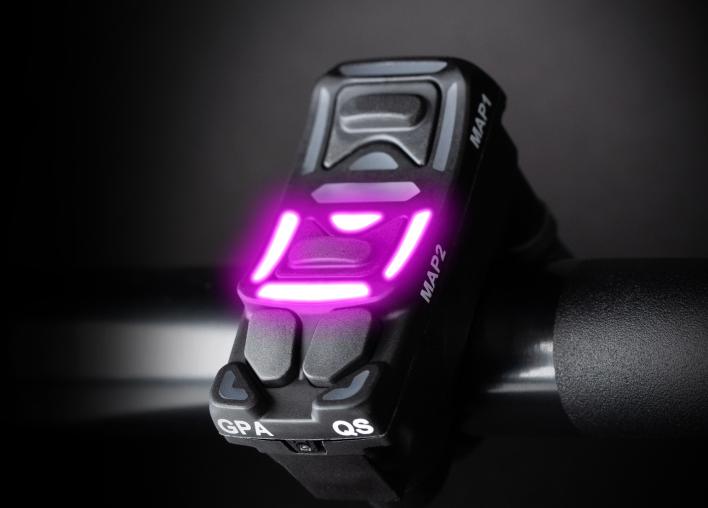
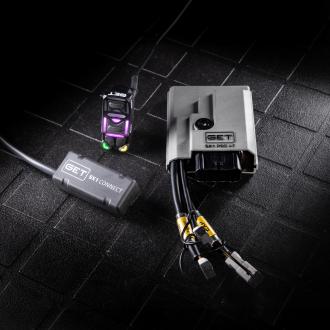

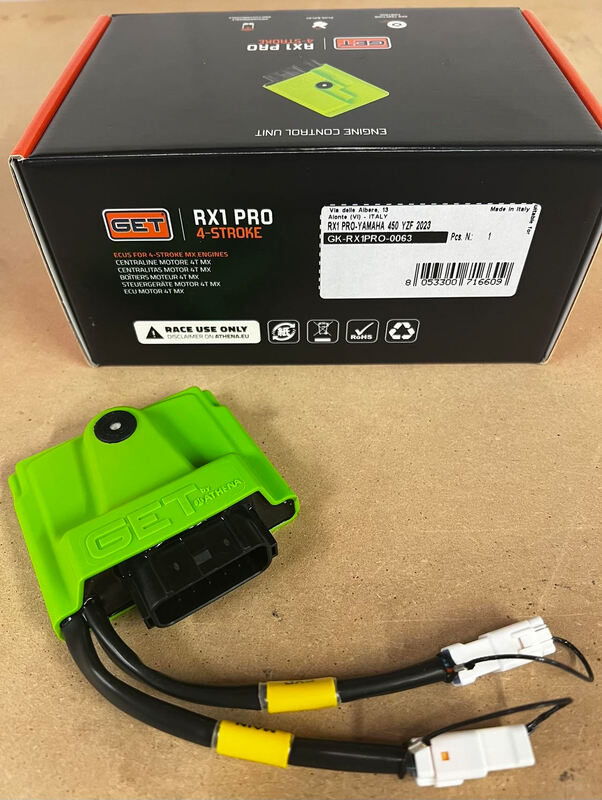
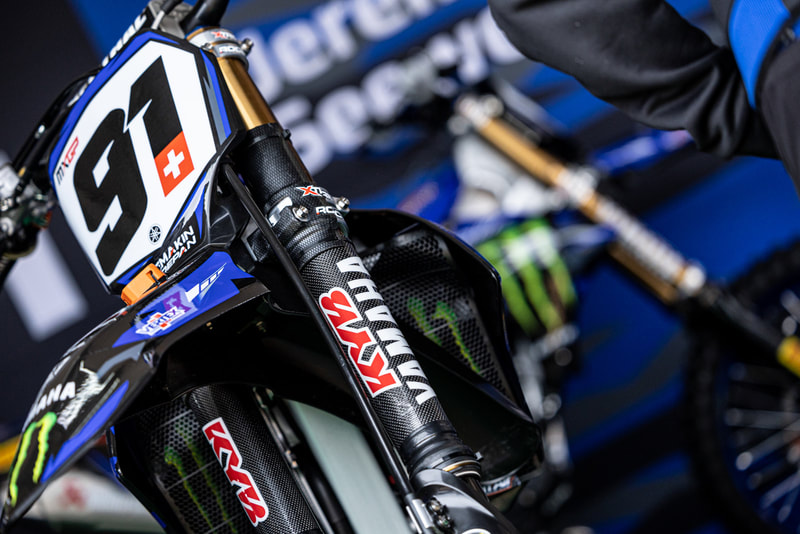
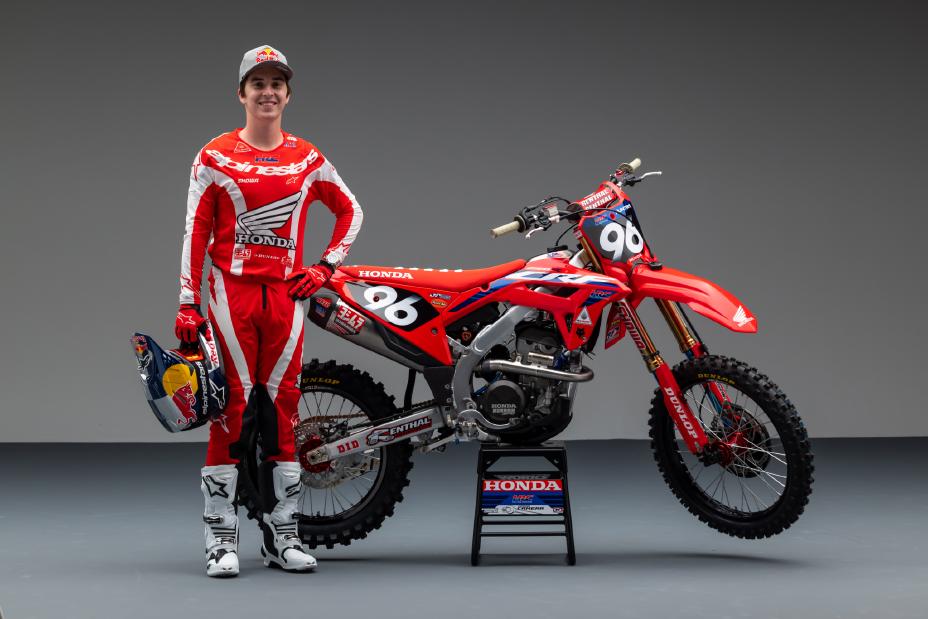
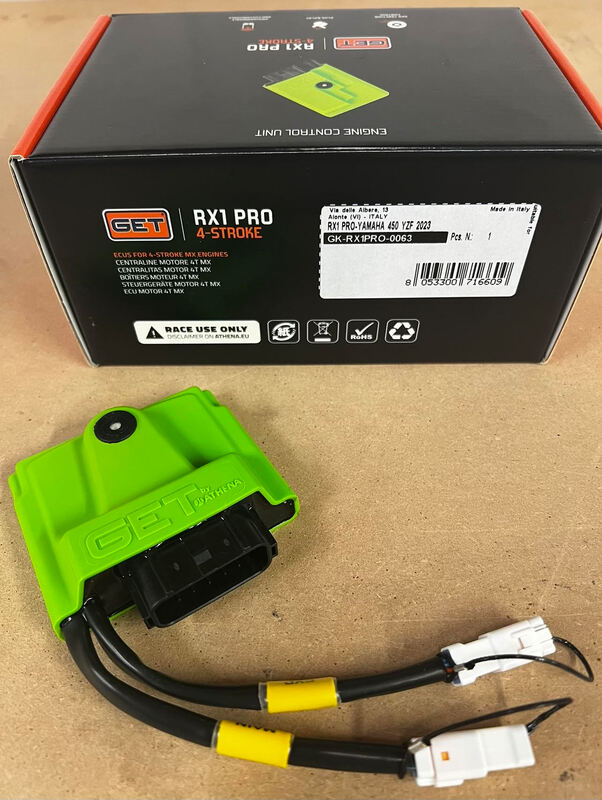

 RSS Feed
RSS Feed